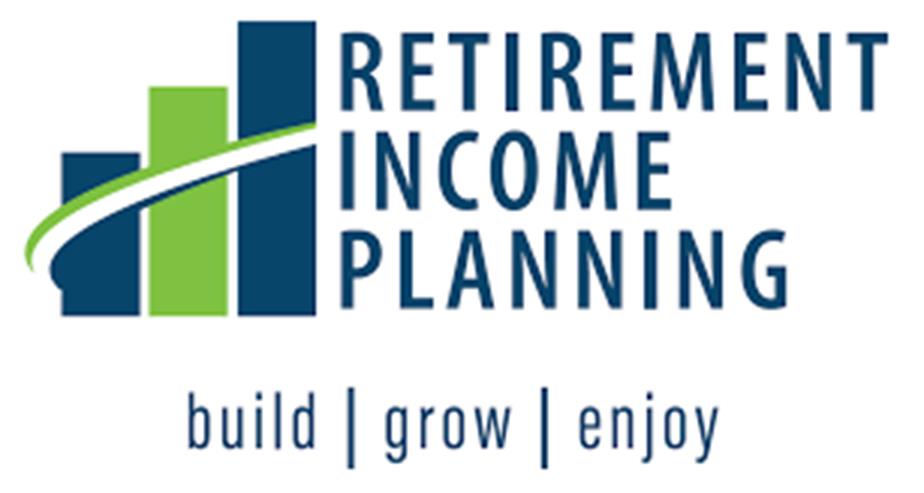
Retirement Income Planning
By Saghir A. Aslam
Rawalpindi, Pakistan

(The following information is provided solely to educate the Muslim community about investing and financial planning. It is hoped that the Ummah will benefit from this effort through greater financial empowerment, enabling the community to live securely with dignity and fulfill their religious and moral obligations towards charitable activities.)
Following these guidelines could help you maintain a steady flow of income in your nonworking years. Continued from last week.
Check for an income gap
Once you’ve estimated your income on retirement, compare it to your expenses to see if there’s a gap between the two. If you don’t have enough money for your ideal retirement, you may want to consider revising the amount you’re saving, your retirement goals, or both.
Plan a withdrawal strategy
Have you ever heard of the 4% withdrawal strategy? To follow the 4% rule, investors withdraw no more than 4% of retirement savings and investments as income in the first year of retirement; in subsequent years, they adjust that percentage for inflation. That guidance does not necessarily fit everyone’s financial situation, however.
One less rigid approach to potentially consider includes flexible withdrawals based on your portfolio’s performance, your spending needs, and your lifestyle. Withdrawal strategies could include weighing short-term income needs, managing potential tax implications, and maintaining your portfolio allocation so it aligns with your long-term objectives.
Understand the tax implications
Conventional wisdom leans toward tapping into taxable accounts before tax-deferred ones. By starting with those accounts, your tax-deferred assets can potentially continue to grow on a tax-advantaged basis.
But that might not be the best approach depending on your situation. Consult with your tax advisor before assuming withdrawals from taxable accounts are your best first step.
Required minimum distributions (RMDs) can also have tax implications. These are withdrawals you must take from traditional, simplified employee pension plan (SEP) IRAs, Savings Incentive Match Plan for Employees (SIMPLE) IRAs, and employer-sponsored qualified retirement plans (such as 401(k)s and 403(b)s), and the amount you need to withdraw may impact your tax rate. Failure to take an RMD on time or in the right amount can result in an IRS 50% excise tax for every dollar under-distributed.
(Saghir A. Aslam only explains strategies and formulas that he has been using. He is merely providing information, and NO ADVICE is given. Mr Aslam does not endorse or recommend any broker, brokerage firm, or any investment at all, nor does he suggest that anyone will earn a profit when or if they purchase stocks, bonds, or any other investments. All stocks or investment vehicles mentioned are for illustrative purposes only. Mr Aslam is not an attorney, accountant, real estate broker, stockbroker, investment advisor, or certified financial planner. Mr Aslam does not have anything for sale.)

